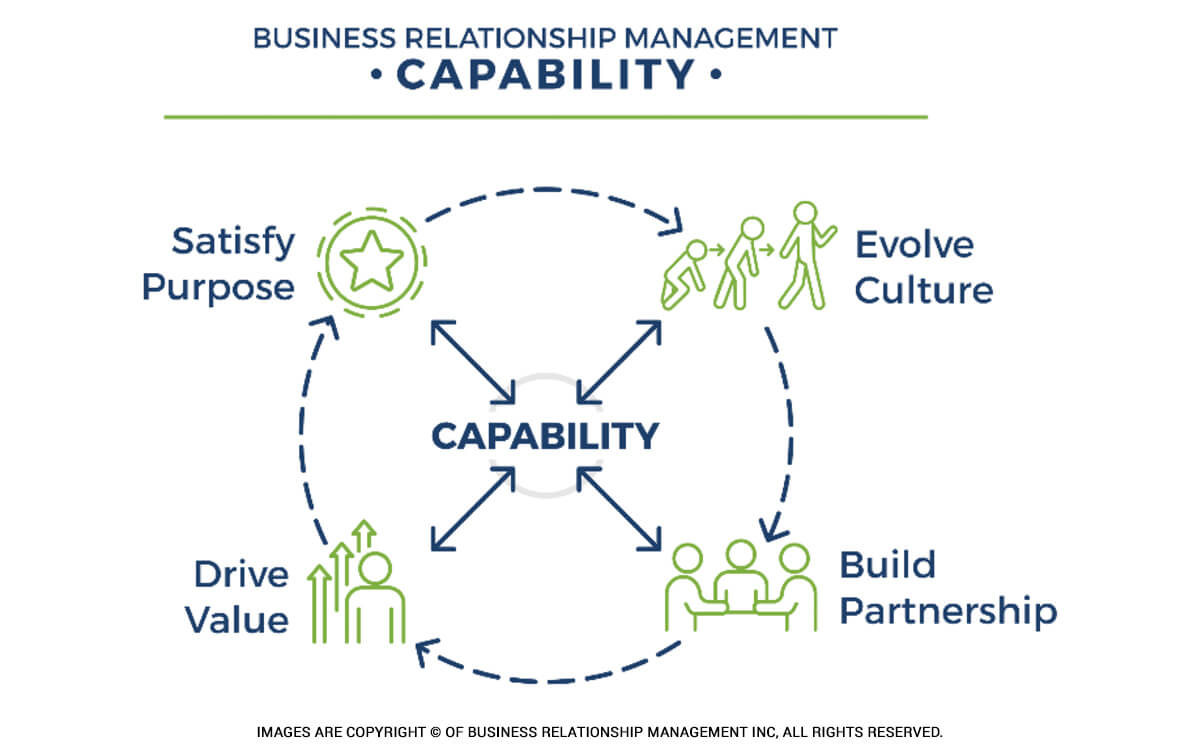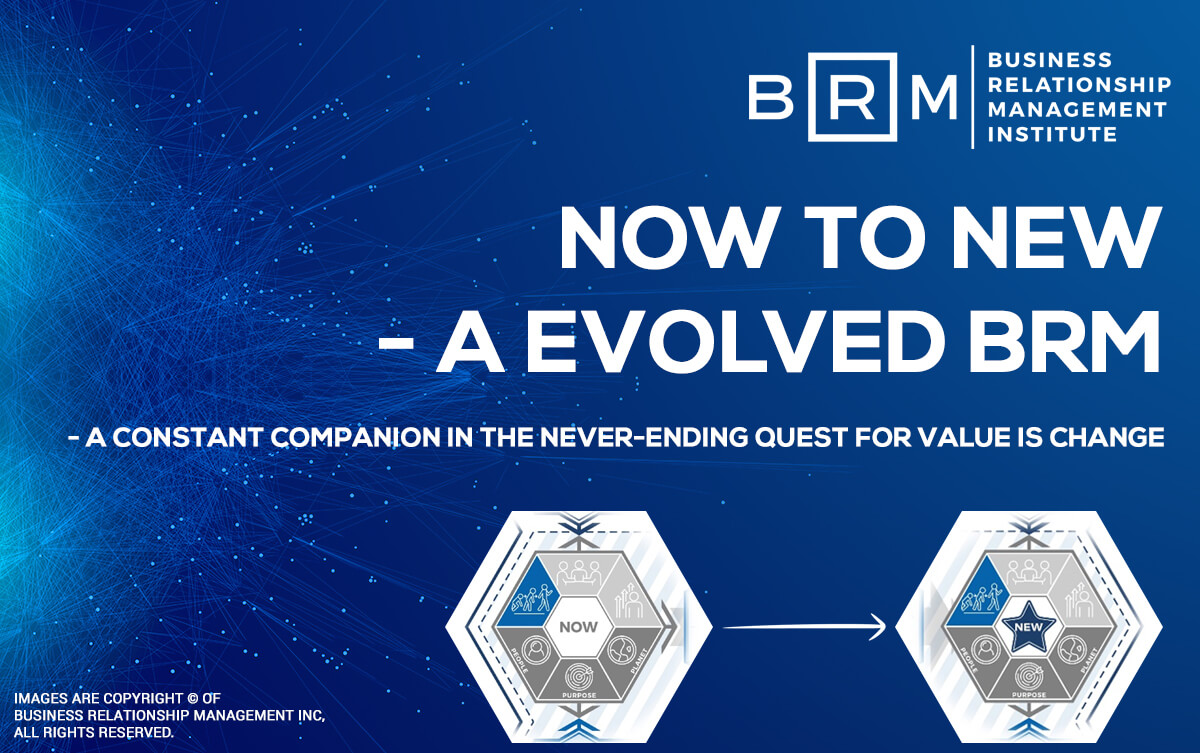Now to New – A Evolved BRM
A constant companion in the never-ending quest for value is change
Relationships are everywhere and organizations are built on, with, and through them. It had been there since the bygone era. Then Why Business Relationship Management is being spoken of as a concept now and post-pandemic with the new norm how we can apply BRM and move from Now to New
A Shift in Organization – Board Room, Partners and Functions
The pace of change that comes with innovative technologies is constantly increasing, and as such, the digitalization of everything makes technology a competitive necessity.
Thus, their ability to thrive depends on the speed of technology adoption and the ability to adapt it to satisfy their organizational purpose. Strong relationship skills are necessary to help organizations rapidly adopt new technology and adjust to the changes that accompany it.
Traditional organizational models view work relationships as a commodity to get the job done and have profit as a core component. A relationship-Centered organization places purposeful relationships at the center and in addition to financial value, allows strategic, social, and environmental value to feed into three major bottom lines: people, purpose, and planet.
A relationship-Centered organization system contains the building blocks needed to embed the business relationship management philosophy in every facet of the organization.
Capability Framework can be applied to any function
A business relationship management capability is everything it takes, visible and invisible, to nurture relationships in an organization. It converges cross-functional teams (HR, Finance, IT..) to create holistic strategies that deliver organizational value and meaningful results.
 Evolve Culture: With the Pandemic and New-Norm in place all functional partners have new challenges to meet. Specifically, HR has a key role to play in this Now to New Journey. HR as an initiating change leader adopts new narratives which sets the tone to build the culture through a set of high influencers and through the language the high influencers need to engage with other people.
Evolve Culture: With the Pandemic and New-Norm in place all functional partners have new challenges to meet. Specifically, HR has a key role to play in this Now to New Journey. HR as an initiating change leader adopts new narratives which sets the tone to build the culture through a set of high influencers and through the language the high influencers need to engage with other people.
Build Partnership: Today’s highly dynamic work environment requires the breaking down of traditional barriers and silos within an organization and ensuring strategic behaviors are networked throughout.
Boards are learning that effective strategic and operational responses require to shift from being a high-level administrative body. They recognize the importance of purpose, the triple bottom line, and digitization demands these leaders become more intimately involved with the organization. This means they must make inclusive decisions to keep the organization nimble.
Drive Value – Why do certain companies Thrive and others fail?
Everyone has the same ones (integrity, honesty anyone?) without really knowing what it means. Values need to be defined and understood in the organization in such a way that it becomes clear how they affect behaviours, communication, and relationships.”
Organizational clarity is a constant pursuit and involves many different elements, including purpose, vision, strategy, and shared ownership and it avoids value leakage
Satisfy Purpose- “REASONS FOR BEING” VERSUS EXISTENCE
The Japanese have a concept for “a reason for being” conveyed through a single, beautiful word called ikigai It can be expressed as the “reason to jump out of bed in the morning”, having a direction or purpose in life, which fuels spontaneous and willing behavior leading to personal satisfaction and a sense of meaning to life.
You exist because you were born. You continue to exist because you breathe air and eat food but hopefully you live for something much more. Your reason for being is the difference between living life and merely existing.
On an organizational level, the “reason for being” is sometimes harder to see. It is easy to confuse “making money” as a reason for being. Profit is a result of existing, it is not often the reason an organization exists. The organization’s purpose should come from a deeper reflection of what the world needs. This kind of purpose can intersect with the self-purpose of individuals and when the ikigai of an organization and people align, employees are more engaged and productive, partners are advocates, and investors are proud. Everyone looks forward to jumping out of bed every day, treats one another better, and society as a whole benefits.
It will be a series of blogs and we will look into – Dualism and Disconnected, Mindsets and how this could be applied along with RMM Model, and Competency and Traits in the upcoming series





